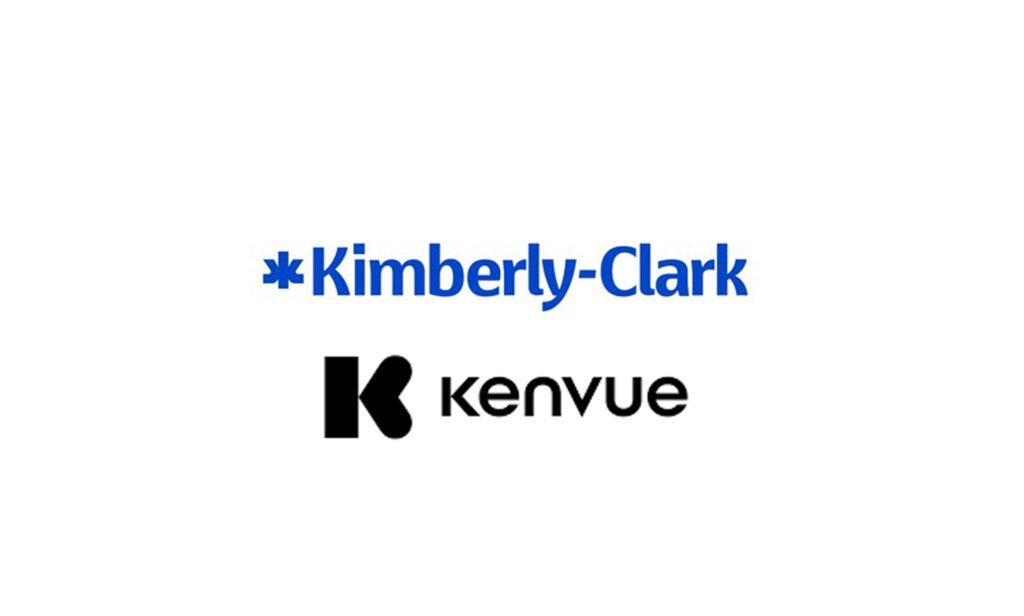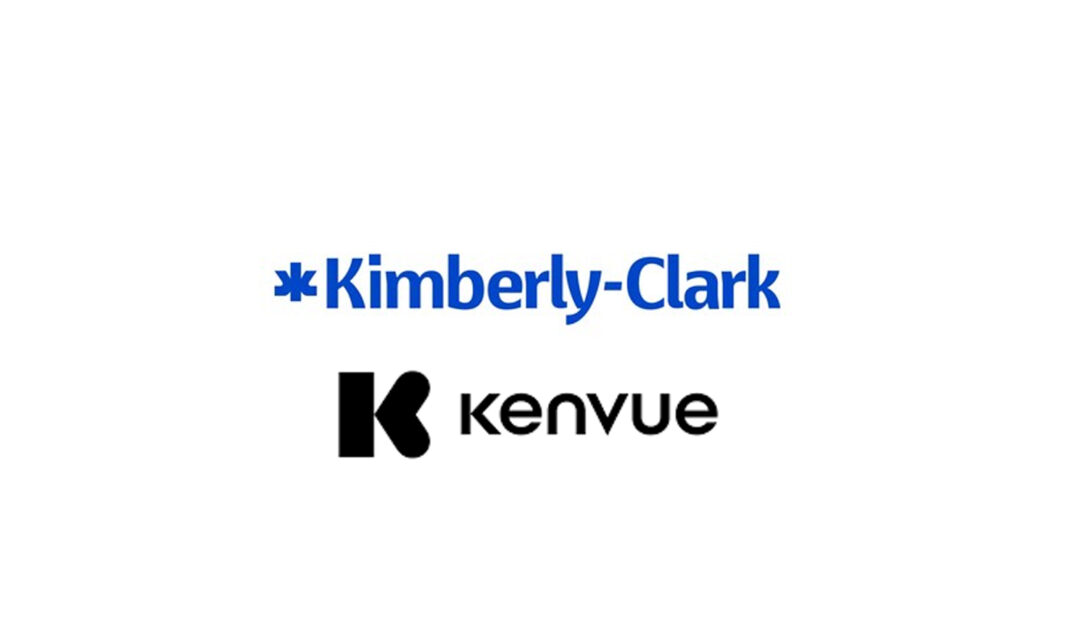Kimberly-Clark is acquiring Kenvue, Johnson & Johnson’s former consumer health arm, in a deal valued up to $48.7 billion. The merger creates the second-largest U.S. consumer health company after P&G, combining powerhouse brands like Huggies, Kotex, Neutrogena, and Tylenol. Analysts see potential synergy but note challenges integrating distinct brand cultures.

Kimberly-Clark to Acquire Kenvue in $48.7 Billion Deal, Creating a New Giant in Consumer Health and Beauty
In a surprise end-of-day announcement that sent ripples across the consumer goods industry, Kimberly-Clark has agreed to acquire Kenvue, the former consumer health arm of Johnson & Johnson, in a deal valued between $40 billion and $48.7 billion, depending on the source. The merger marks one of the largest consolidations in the global consumer health and personal care space — and potentially the birth of a new heavyweight capable of rivaling industry titan Procter & Gamble.
The news, first reported by Axios and Forbes, instantly eclipsed last week’s buzzworthy Kering–L’Oréal beauty partnership, which was worth a comparatively modest $4.7 billion. When the deal closes, Kimberly-Clark shareholders will hold 54% of the combined entity, while Kenvue’s will retain 46%, making it a near-equal merger of power, brands, and legacy. Together, the two will become the second-largest consumer health company in the U.S., just behind P&G.
A Powerhouse Portfolio: From Diapers to Dermatology
The newly merged entity will bring together some of the most recognizable names in households worldwide. From Kimberly-Clark come Huggies, Kotex, and Depend, while Kenvue adds Neutrogena, Aveeno, Tylenol, and BAND-AID to the mix.
It’s a brand alignment that feels almost deliberate — even architectural. In baby care, Kimberly-Clark’s Huggies now squares off directly against P&G’s Pampers. In feminine hygiene, Kotex rivals Whisper. In over-the-counter health, Tylenol and Vicks occupy similar shelf space. And in skincare, Neutrogena and Olay will now go head-to-head for consumer loyalty.
The symmetry is striking, creating what analysts are already calling an “aisle-for-aisle counterweight” to P&G’s portfolio dominance.
An Arranged Marriage — or a Smart Pivot?
Despite the bold headlines, some market observers are cautious. On paper, the deal looks like a marriage of necessity rather than a love match. Both companies have been navigating turbulent times, and the merger could be an attempt to reposition themselves for long-term relevance.
Kimberly-Clark, known for its legacy in tissue and hygiene products, has been trying to evolve beyond its core paper goods. Over the past few years, the company has quietly divested parts of its global tissue business, signaling a strategic pivot toward higher-margin categories like skincare, health, and wellness — segments that promise faster growth and greater resilience.
Kenvue, meanwhile, has had a rocky start since spinning off from Johnson & Johnson in 2023. The newly independent company faced an array of challenges — lawsuits, leadership changes, and regulatory scrutiny over its flagship brand Tylenol. Rumors of brand divestments and internal restructuring added further instability.
The merger, then, could offer both companies a lifeline: Kimberly-Clark gains access to Kenvue’s strong beauty and personal care (BPC) and OTC portfolio, while Kenvue gets the operational scale, retail muscle, and category diversification that comes from aligning with a global consumer goods veteran.
The P&G Parallel
What makes the deal fascinating is how closely the combined portfolio mirrors Procter & Gamble’s structure. P&G’s global dominance is built on balance — baby care, feminine hygiene, health, beauty, and home products — each feeding into the other in scale and distribution.
Kimberly-Clark and Kenvue’s marriage appears designed to emulate that structure. The product categories line up almost perfectly:
- Baby Care: Huggies (KC) vs. Pampers (P&G)
- Feminine Care: Kotex (KC) vs. Whisper (P&G)
- Health & OTC: Tylenol (Kenvue) vs. Vicks (P&G)
- Beauty & Skincare: Neutrogena, Aveeno (Kenvue) vs. Olay (P&G)
This alignment positions the merged company as a more formidable competitor across shelves, retailers, and geographies.
Adding to the intrigue is the leadership connection: Kenvue’s interim CEO, who previously served on the board, is a former P&G executive — once president of the company’s Family Care unit. The new leadership team’s familiarity with P&G’s structure and culture could help the combined entity chart a similarly integrated strategy.
Synergy or Skepticism?
While the potential for synergy is clear, not everyone is convinced. Analysts note that legacy megamergers in the consumer space have often struggled to deliver sustained value, as cultural clashes, portfolio overlaps, and regulatory hurdles can undermine momentum.
The biggest question is whether Kimberly-Clark and Kenvue can harmonize their operational models and brand strategies without diluting their core identities. Kimberly-Clark’s business has long revolved around essential household products — functional, high-volume, and efficiency-driven — whereas Kenvue’s brands thrive on emotional connection, trust, and lifestyle appeal.
Bringing those two brand DNAs together will require deft management and long-term vision.
The Bigger Picture: Beauty, Health, and the Evolution of “Care”
Despite skepticism, the deal highlights a broader trend shaping the consumer goods industry — the convergence of health, beauty, and wellness. In a post-pandemic world, consumers increasingly see self-care as a continuum, where baby products, skincare, and OTC medications coexist under the same wellness umbrella.
By combining Kimberly-Clark’s expertise in personal and family care with Kenvue’s strength in healthcare and beauty, the new entity could be uniquely positioned to meet these shifting consumer expectations.
Moreover, both companies bring strong innovation pipelines and established retail relationships, which could accelerate product development and market expansion. The synergy might not be immediately financial — it could be cultural and strategic, aligning two companies around the modern idea of holistic care.
Looking Ahead
If the merger clears regulatory hurdles, it will redefine the landscape of consumer health and beauty. The combined Kimberly-Clark–Kenvue company would not only rival P&G’s scale but also challenge the way traditional consumer goods companies think about category boundaries.
For Kimberly-Clark, it’s a chance to reinvent itself beyond paper and hygiene. For Kenvue, it’s an opportunity to regain stability and regain investor confidence.
Together, they could embody a new kind of “care company” — one that spans the spectrum from baby to beauty, and from health to wellness.
The merger might have started as an unexpected headline, but if executed with vision, it could mark the start of a powerful new chapter in the global consumer goods industry — one built, quite literally, on the idea that together, care builds better.
Discover more from Creative Brands
Subscribe to get the latest posts sent to your email.






